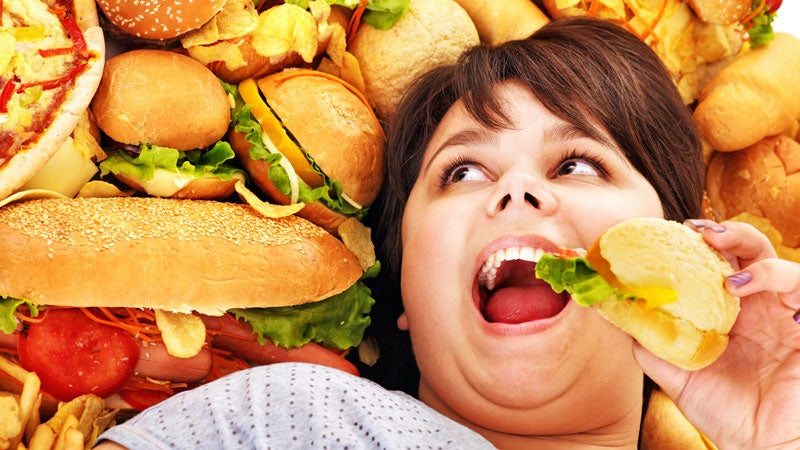The results of a released yesterday reveal that the rate of obesity among American adults continues to rise—it’s now at 27.1 percent nationwide—while the obesity landscape is shifting.
In 2013, Mississippi surpassed West Virginia as the most obese state; more than 35 out of every 100 Mississippians are overweight. On the other side of the scale, Montana dipped below Colorado as the slimmest state in the union, with about 19 out of every 100 Montanans are obese. (Coincidentally, , the same day Gallup released its poll.)
The Gallup-Healthways Well-Being Index considers adults with a BMI between 18.5 to less than 25 normal weight, between 25 to less than 30 to be overweight, and 30 or above to be obese. that the lost of productivity due to employees above normal weight or having a history of chronic conditions ranges from $160 million among agricultural workers to $24.2 billion among professionals.
“Research has shown that the average healthcare costs for obese individuals are over $1,300 more annually than someone who is not obese,” . Pope added that an unhealthy food environment and poor eating habits, among other factors, often correlate with rising obesity rates.
Some nutritionists say that’s not the whole picture.
“There is an immense amount of evidence I’ve found that runs completely contradictory to what the governments and dietitians around the world are recommending,” Kris Gunnars, a nutrition researcher, . “The modern diet is the main reason why people all over the world are fatter and sicker than ever before.”
Gunnars claims that increased sugar, refined flour, and margarine consumption and a decrease in butter and egg consumption directly correlate with obesity rates in the United States.
But, hey, Taco Bell now serves —how can you resist?


